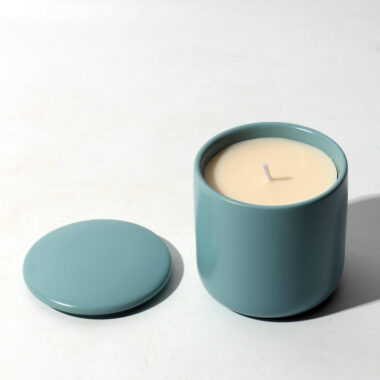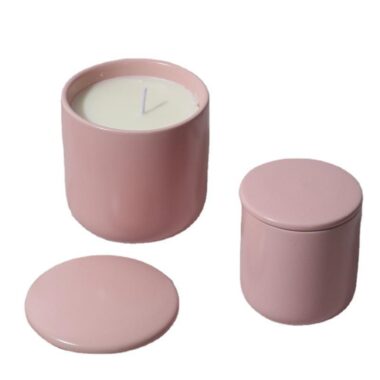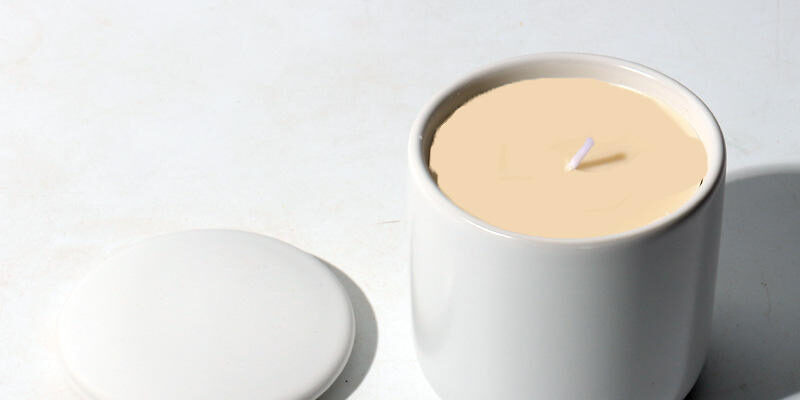🎄 Why Holiday Planning is Essential
For candle brands, the final quarter of the year often accounts for 40–60% of annual sales. Holiday promotions, gifting campaigns, and seasonal scents drive volume spikes. However, without careful procurement planning, these opportunities can quickly turn into delays, stock-outs, and unhappy retailers.
In 2025, supply chains remain unpredictable, with longer lead times on glass and ceramic production, container shortages, and increased demand for luxury packaging. That means holiday procurement must start earlier than ever.
📦 Understand MOQ & Capacity Constraints
Most factories set minimum order quantities (MOQs) to optimize production efficiency. During the holiday rush, these MOQs may increase, as suppliers prioritize large-volume buyers.
-
Ceramic Vessels: Often require new molds and glazes, meaning higher MOQs and longer setup.
-
Glass Jars: More flexible, but color-coated finishes and custom printing increase lead time.
-
Luxury Lids: Electroplated or engraved finishes need early reservation due to limited equipment slots.
👉 To balance cost and flexibility, many brands secure base inventory from Candle jar wholesale early, while locking premium lines with partners like Ceramic Candle Jar Manufacturer.
⏱️ Lead Time Management
Holiday procurement isn’t just about what you order, but when you order it. Lead times typically extend:
-
Standard Glass Jars: 30–45 days production + 25–35 days sea freight.
-
Custom Decorated Jars: 60–75 days, especially for printing and coating.
-
Ceramic Projects: 70–90 days with mold setup, testing, and firing.
To avoid last-minute air freight (which can triple logistics costs), plan backward from your target delivery date and add buffers for production delays.
🎁 Packaging for Holiday Sales
Holiday products often demand premium packaging to stand out in retail:
-
Gift Boxes: Rigid or folding cartons with foil stamping.
-
Insert Trays: Protect vessels during shipping while adding an upscale look.
-
Palletization: Stronger export cartons to handle higher shipment volumes.
Buyers should factor packaging timelines into overall planning. Many overlook that premium gift boxes may require as much lead time as the jars themselves.
📊 Forecasting & Buffer Stock
Successful holiday procurement is driven by accurate forecasting:
-
Analyze past seasons, adjusting for market growth and new retail partners.
-
Build in buffer stock (10–15%) to handle last-minute wholesale reorders.
-
Align forecasts with supplier capacity so they can block production slots in advance.
Brands that communicate volume plans early enjoy smoother production scheduling and higher priority during crunch times.
🌍 Risk Management in Global Supply
Holiday procurement involves cross-border shipping risks:
-
Port Congestion: Common in October–November, leading to delays.
-
Customs Clearance: Premium packaging may trigger inspections if materials are unfamiliar.
-
Freight Pricing: Rates typically surge in peak months.
Smart buyers diversify shipping windows—sending one early batch to warehouses, followed by staggered replenishments to balance risk.
✅ Final Checklist for 2025 Holiday Procurement
-
Lock MOQs and base jar orders by Q2 2025.
-
Reserve premium finishes and packaging before mid-year.
-
Add 2–3 weeks buffer to production schedules.
-
Plan carton strength and pallet specs for higher volumes.
-
Coordinate early with logistics partners to secure vessel space.
By following this roadmap, you’ll enter the holiday season with confidence, ensuring shelves are stocked, promotions run smoothly, and customers receive products on time.









